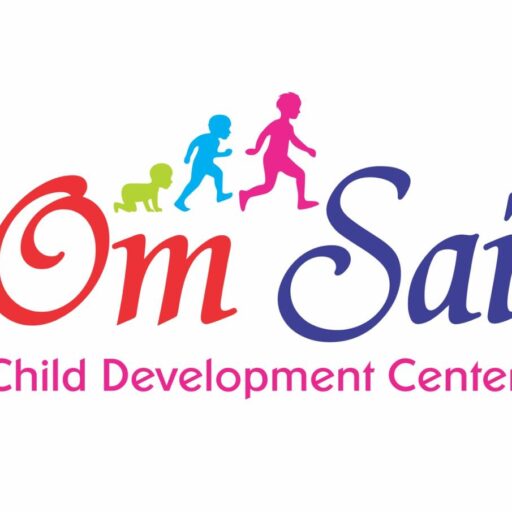Definition:
Intellectual Developmental Disability (IDD) is a condition characterized by significant limitations in both intellectual functioning and adaptive behavior, originating before the age of 18.

Prevalence:
Approximately 1% of the global population has IDD (WHO, 2019)
Types:
1. Mild IDD: IQ 50-69
2. Moderate IDD: IQ 35-49
3. Severe IDD: IQ 20-34
4. Profound IDD: IQ below 20
Characteristics:
1. Intellectual impairment
2. Adaptive behavior deficits
3. Communication difficulties
4. Social skills challenges
5. Limited daily living skills
Causes:
1. Genetic conditions (e.g., Down syndrome)
2. Prenatal exposure to toxins
3. Birth injuries or complications
4. Infections (e.g., meningitis)
5. Environmental factors (e.g., poverty, neglect)
Diagnosis:
1. Comprehensive psychological evaluation
2. Adaptive behavior assessments (e.g., Vineland Adaptive Behavior Scales)
3. Intellectual functioning tests (e.g., IQ tests)
4. Medical evaluation
Interventions:
1. Early intervention and therapy
2. Special education
3. Occupational therapy
4. Speech therapy
5. Behavioral support
Om Sai Child Development Center’s Approach:
1. Multidisciplinary team (Psychology, OT, PT, Speech)
2. Comprehensive assessment and diagnosis
3. Individualized treatment plans
4. Family-centered care and education
5. Ongoing monitoring and adjustments
Strategies for Parents/Caregivers:
1. Encourage independence
2. Foster social interactions
3. Develop communication skills
4. Provide emotional support
5. Access community resources
Resources:
1. American Association on Intellectual and Developmental Disabilities (AAIDD)
2. National Association of State Developmental Disabilities Directors (NASDDDS)
3. World Health Organization (WHO)
Support and Accommodations:
1. Individualized Education Programs (IEPs)
2. Section 504 Accommodations
3. Home and Community-Based Services (HCBS)
4. Respite care
5. Support groups
Stages of IDD:
1. Infantile (0-3 years): developmental delays
2. Toddlerhood (4-6 years): social and communication challenges
3. Childhood (7-12 years): adaptive behavior deficits
4. Adolescence (13-18 years): transition planning
5. Adulthood: supported employment and independent living
Note: Every individual with IDD is unique, and the severity and impact of symptoms vary widely.
